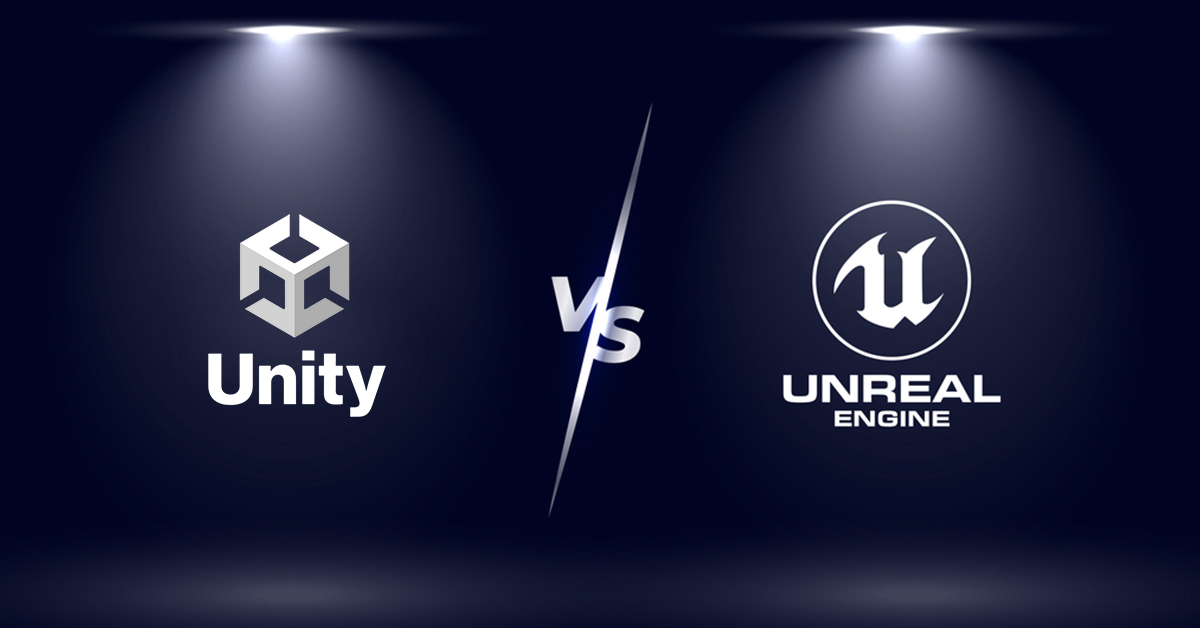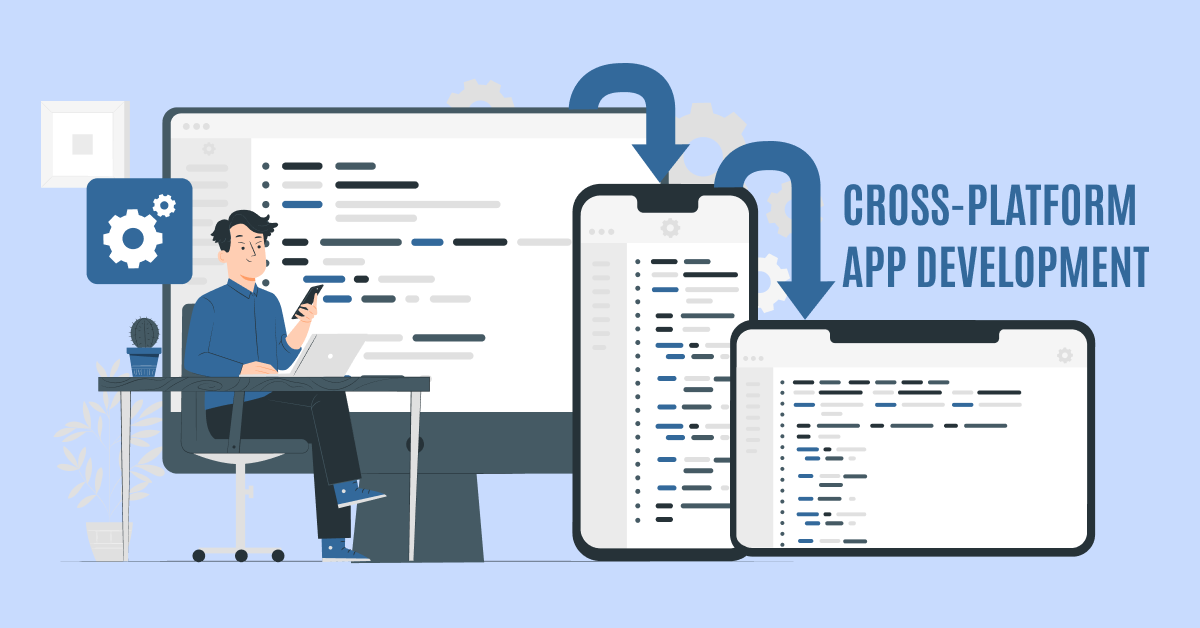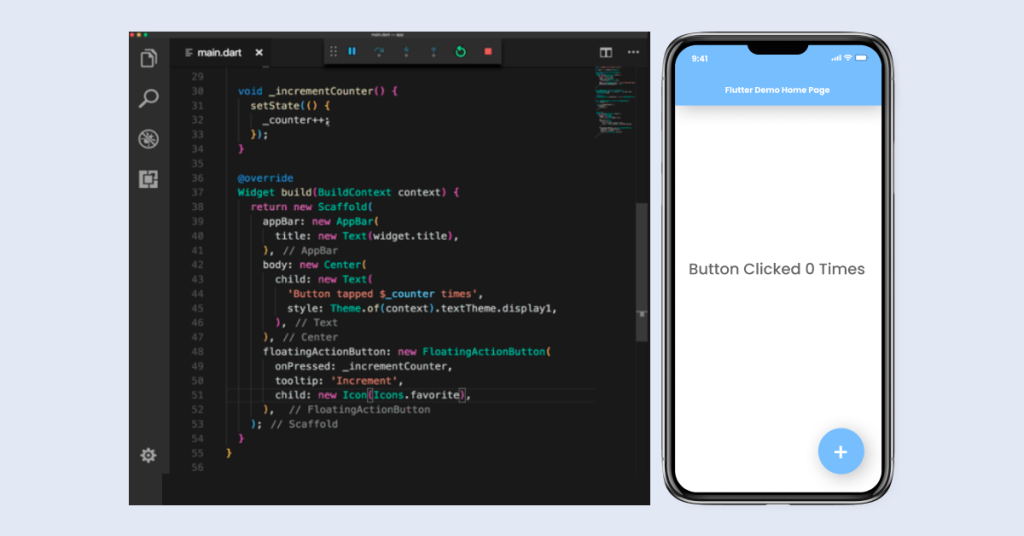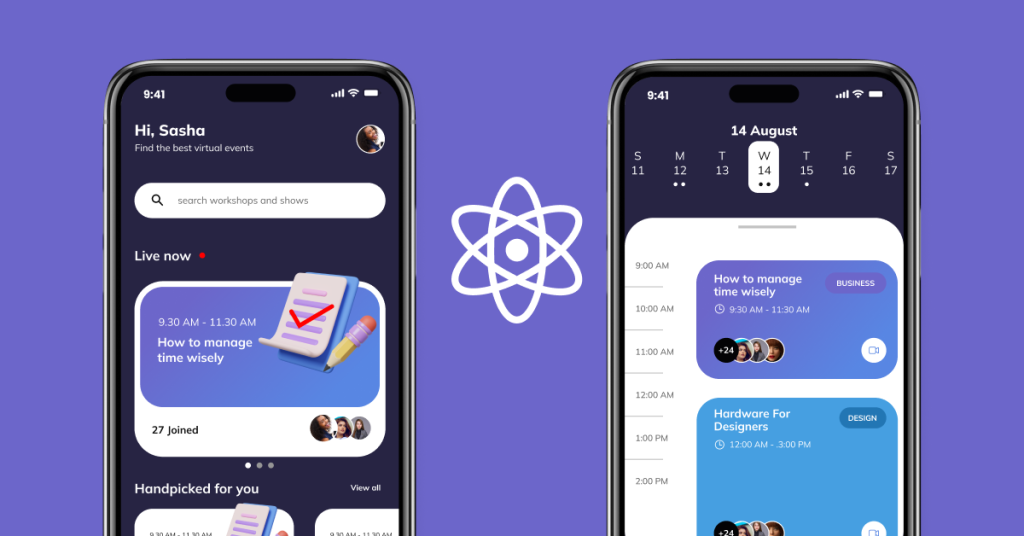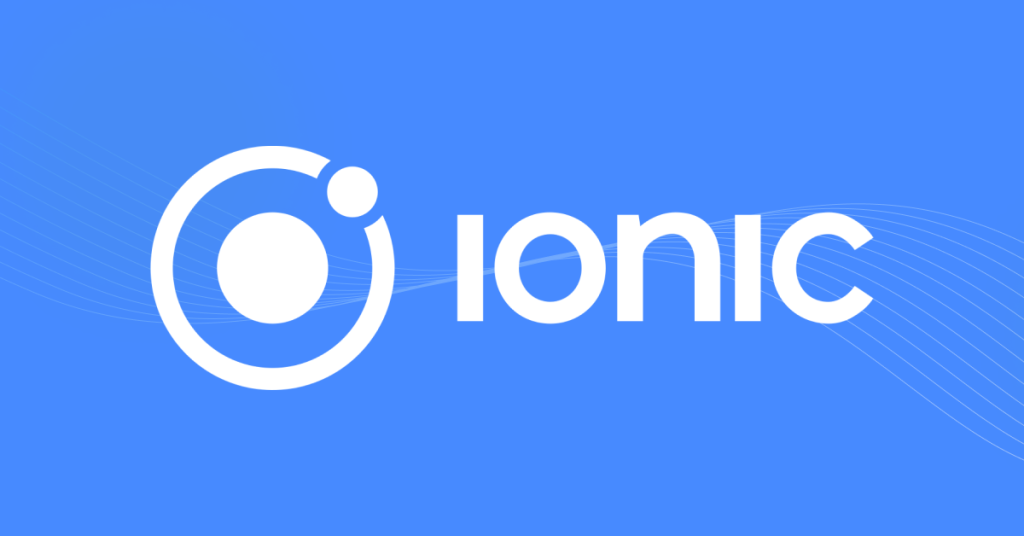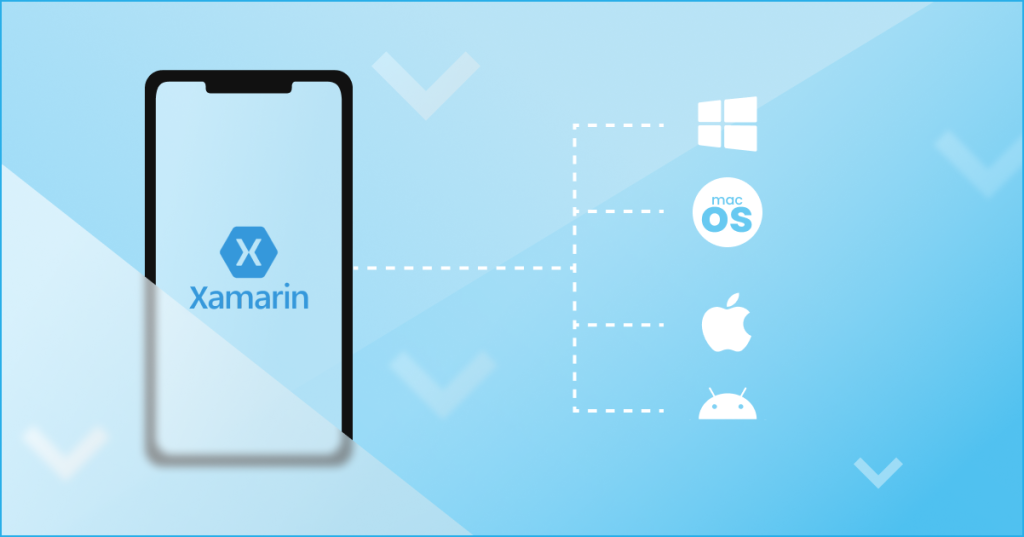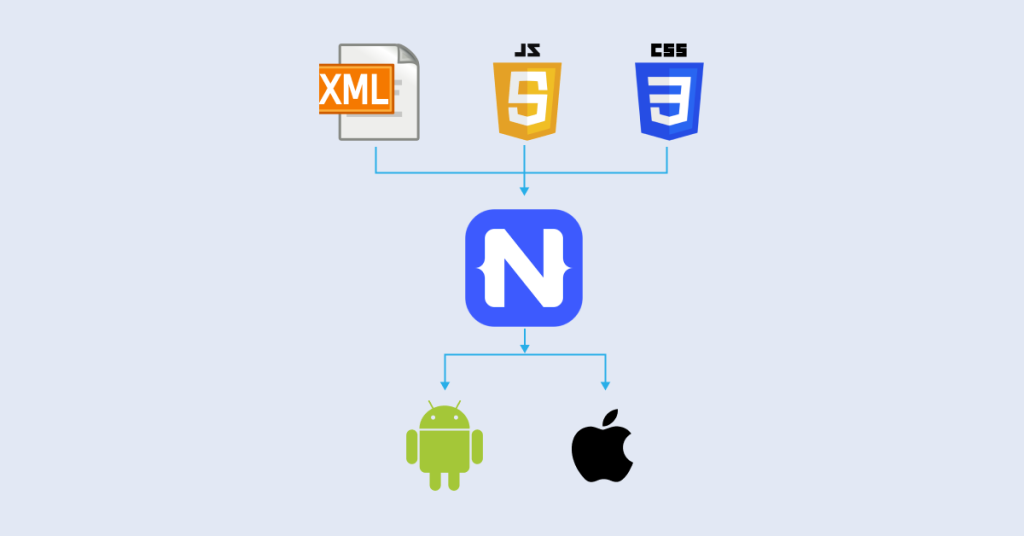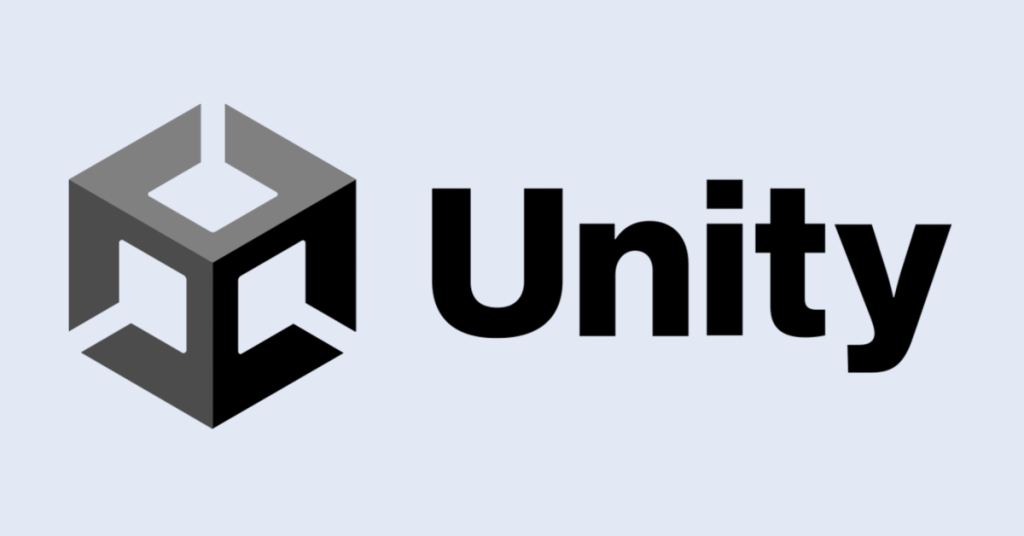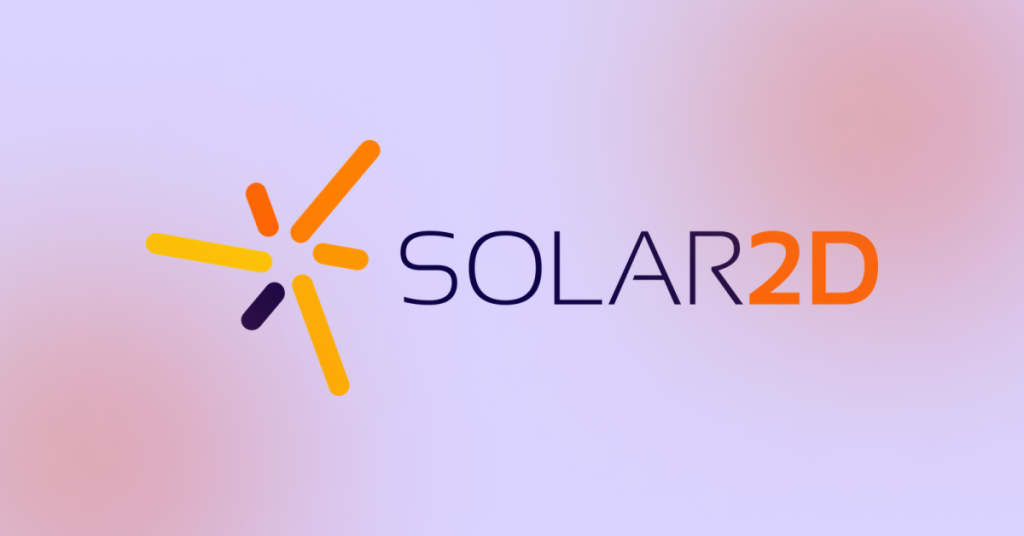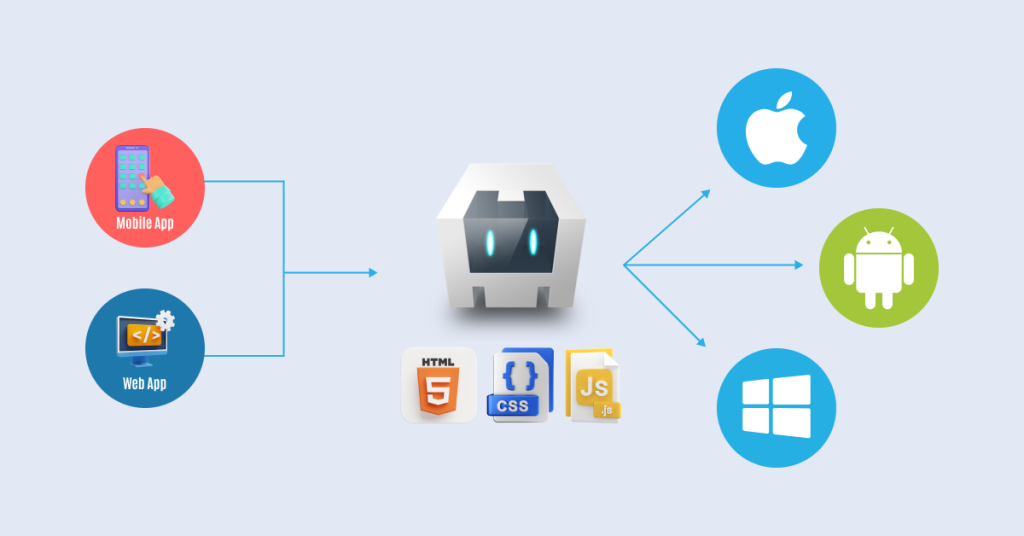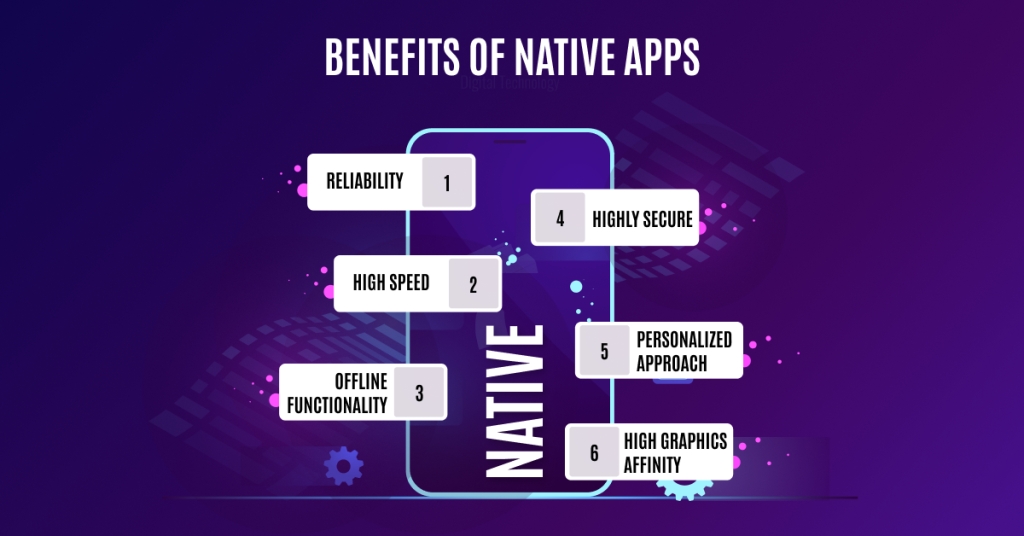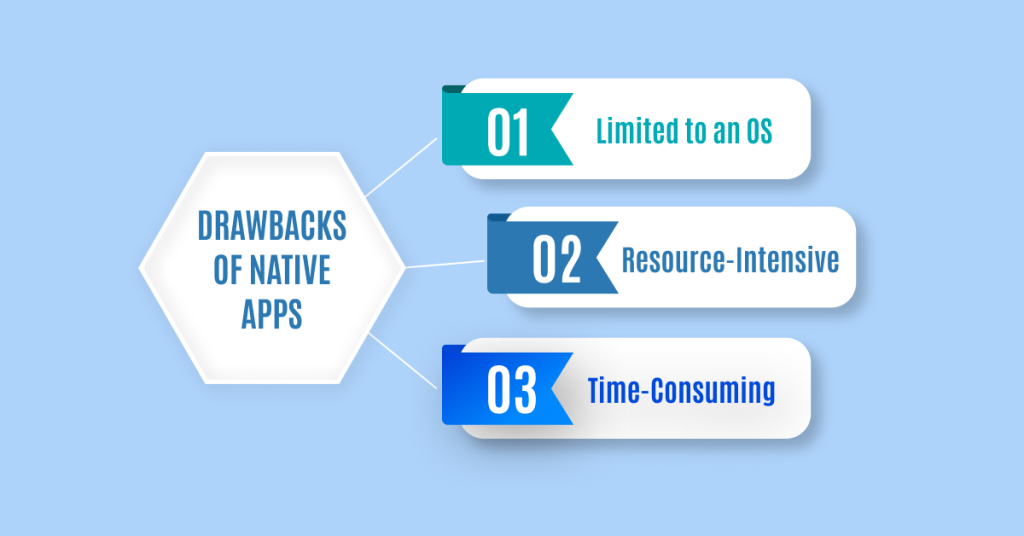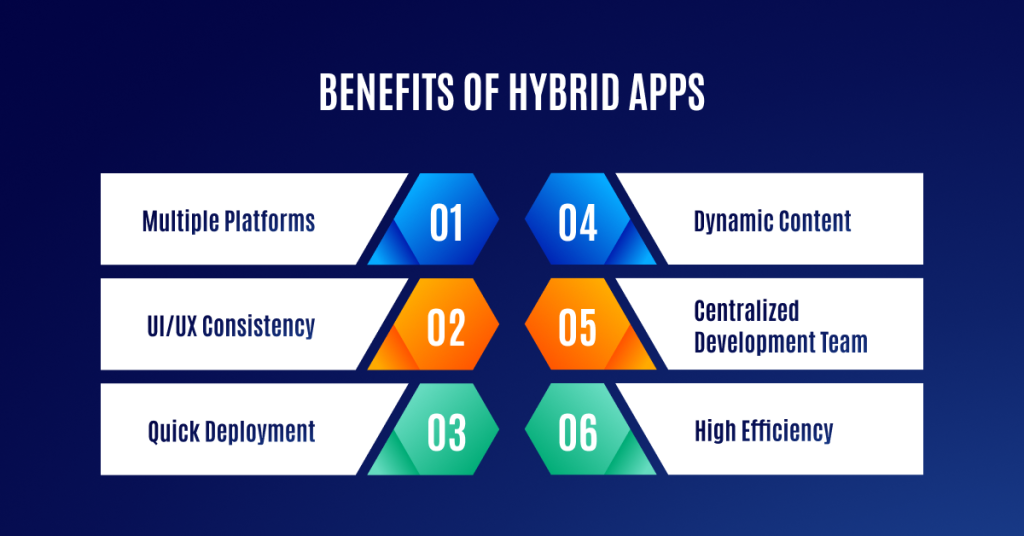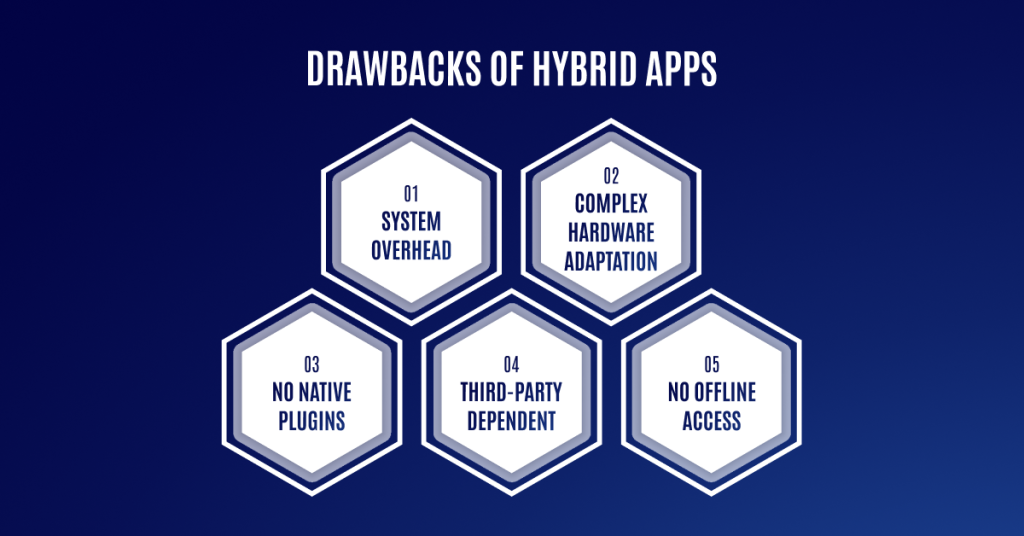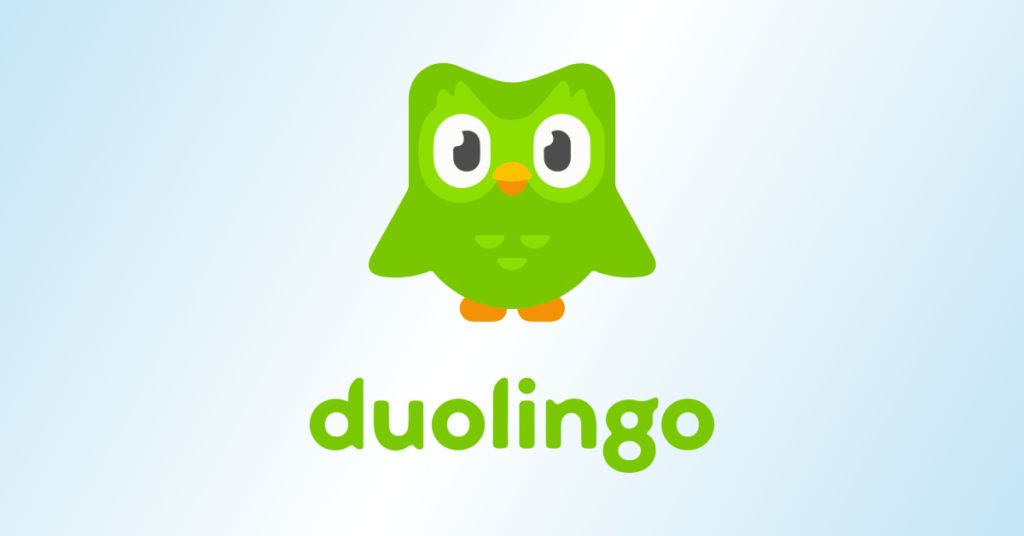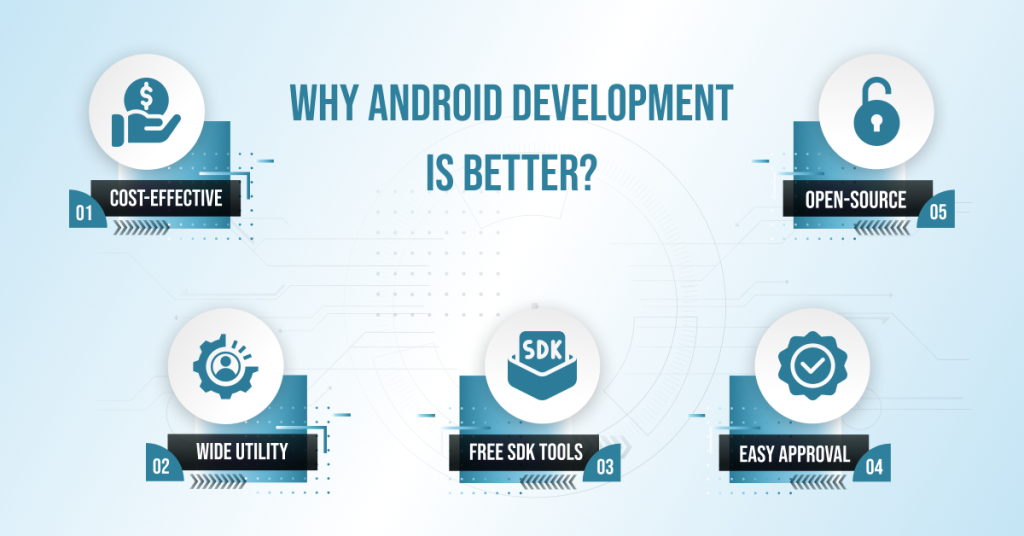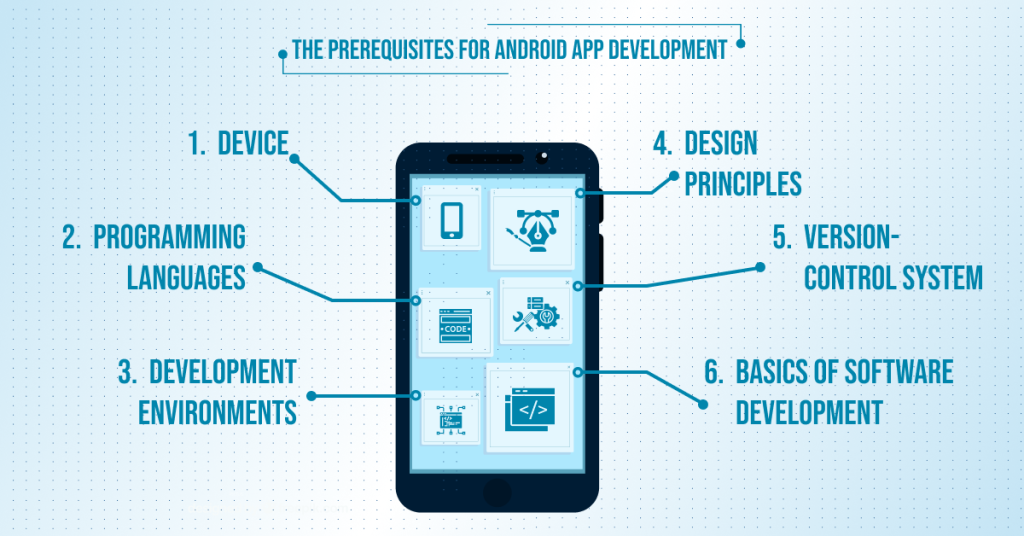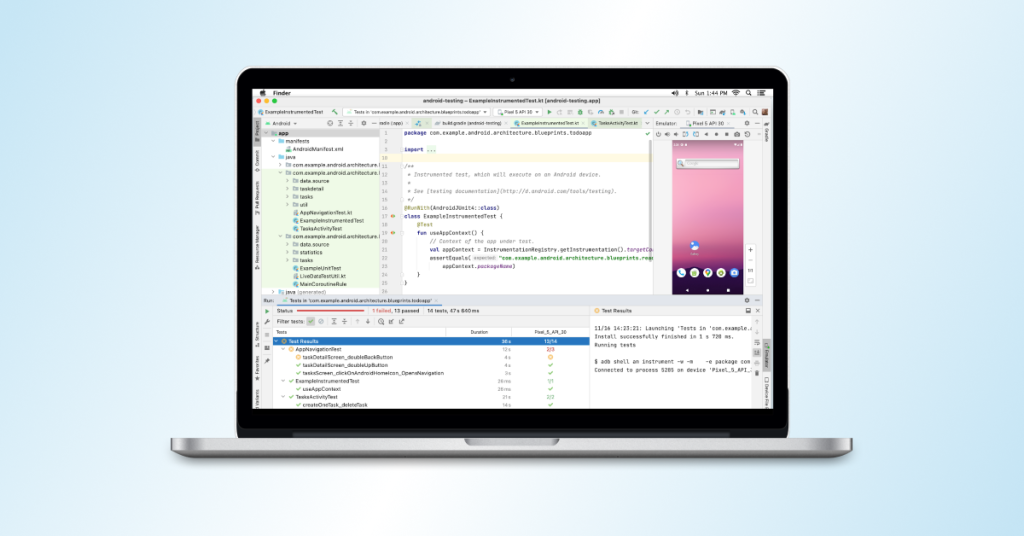Game development is currently experiencing a major boom and game developers are becoming more enthusiastic than ever. They’ve been on a constant hunt for the best game development tools. Talking about game development tools, Unity vs Unreal is a significant game development battle.
The popularity of these two game development engines has enhanced multifold in the past few years. Thanks to the robust and numerous features of the two, game developers can create hyper-realistic games through their help.
If you’re a game developer or gaming fanatic, this blog is a useful resource for you to understand the dynamics of Unity vs Unreal Engine 5. We’ll discuss the advantages and disadvantages of the two gaming engines and which one is more popular.
Without further ado, let’s begin!
What is Unity in Game Development?
Created by Unity Technologies, Unity is a cross-platform game development engine. It is extensively used by developers to create 2D and 3D games across multiple platforms, such as mobile devices, consoles, and PCs. Unity offers a comprehensive set of tools and features that simplify the game development process, making it accessible to both beginners and experienced developers.
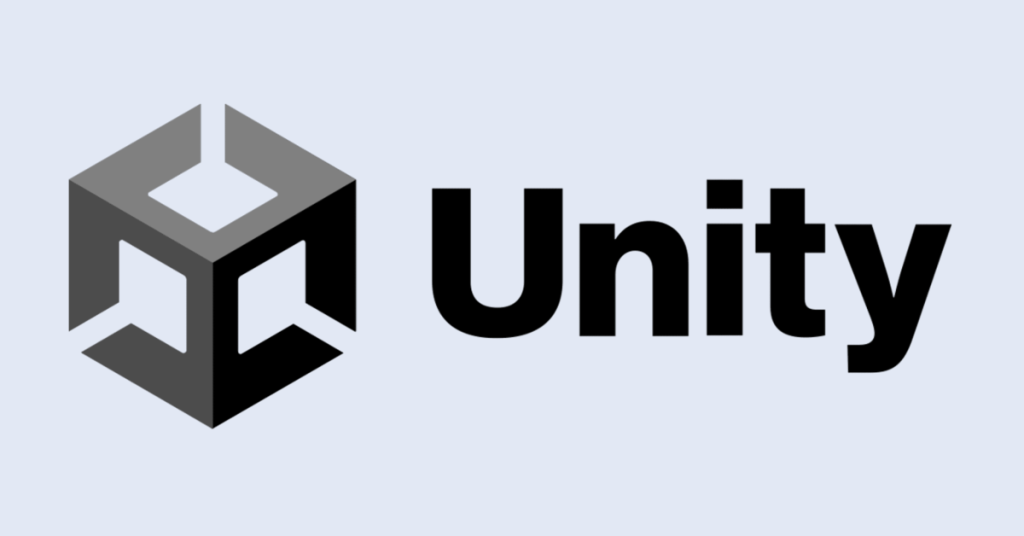
First released in June 2005 at the Apple Worldwide Developers Conference as a Mac OS X game engine, it now supports multiple platforms, enabling developers to build their game once and deploy it across various devices, including iOS, Android, Windows, macOS, and major gaming consoles.
Note: The latest version of Unity, Unity 6, is now available for preview.
Features of Unity Game Engine
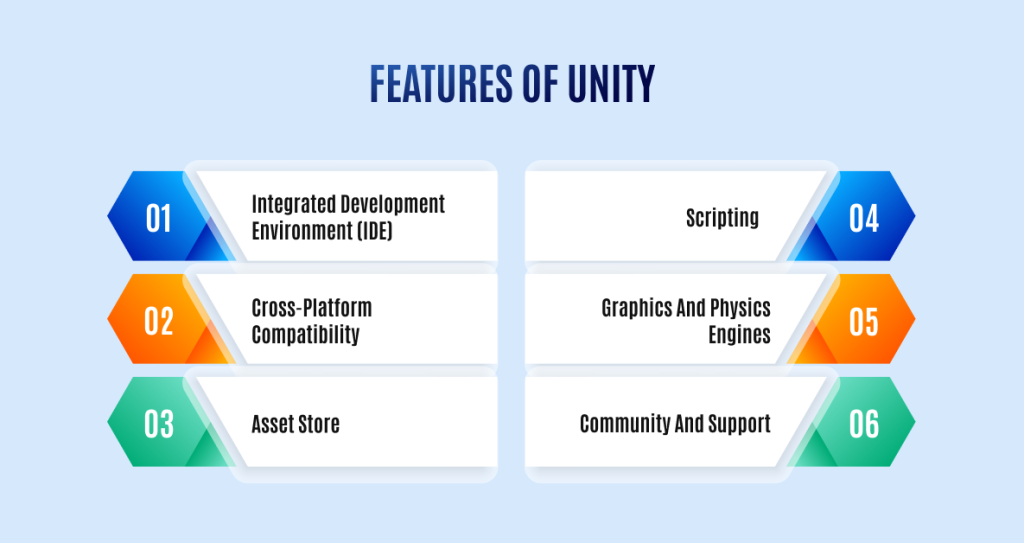
The significant features of Unity are as follows:
- Integrated Development Environment (IDE)
Unity offers an intuitive and user-friendly interface where developers can design, develop, and test their games.
- Cross-Platform Compatibility
Unity supports multiple platforms, allowing developers to build their game once and deploy it across different devices, including iOS, Android, Windows, macOS, and gaming consoles like PlayStation and Xbox.
- Asset Store
Unity has an extensive asset store where developers can find pre-made assets such as characters, environments, sounds, and plugins to enhance their games.
- Scripting
Unity uses C# as its primary scripting language, providing powerful capabilities for customizing game mechanics and behaviors.
- Graphics and Physics Engines
Unity includes robust graphics and physics engines that enable realistic rendering and interaction within the game world.
- Community and Support
Unity has a large, active community and a wealth of tutorials, documentation, and forums where developers can find support and share knowledge.
What are the Advantages of Unity Game Development?
Considered one of the most beginner-friendly game development platforms, the Unity engine has many benefits. In fact, this is what an anonymous Reddit user has to say:
“…….To conclude this poem, Unity from my perspective can bring my dream of making a game to life quicker than UE, and most importantly can fuel my motivation more easily.”
There are numerous advantages of Unity game development, thus making it a popular choice among game developers across the globe. The following are the noteworthy benefits of Unity:
- User-Friendly Interface and Ease of Use
Unity’s integrated development environment (IDE) is known for its intuitive and user-friendly interface. This makes it accessible to beginners who are new to game development. The drag-and-drop functionality, combined with visual editing tools, allows developers to quickly prototype and iterate on their games without needing extensive coding knowledge.
- Cross-Platform Compatibility
One of Unity’s standout features is its ability to build games for multiple platforms from a single codebase. Developers can create games for iOS, Android, Windows, macOS, Linux, WebGL, and major gaming consoles like PlayStation and Xbox. This cross-platform compatibility significantly reduces development time and effort, allowing developers to reach a broader audience with minimal additional work.
- Extensive Asset Store
Unity’s Asset Store is a treasure trove of pre-made assets, including 3D models, animations, sound effects, and plugins. This allows developers to quickly find and integrate high-quality assets into their projects, speeding up the development process and reducing costs. The asset store also offers various tools and extensions that enhance the functionality of the Unity engine.
- Scripting with C#
Unity uses C# as its primary scripting language, which is known for its ease of use and versatility. C# allows developers to implement complex game mechanics and behaviors efficiently. Additionally, Unity provides extensive documentation and a large community of developers who contribute tutorials and support, making it easier to learn and troubleshoot.
- Graphics and Performance
While Unity is often compared to Unreal Engine 5 in terms of graphics capabilities, it holds its own with a robust graphics engine that supports advanced rendering techniques. Unity is well-suited for both 2D and 3D games, providing tools to create visually appealing games. When considering Unity vs. Unreal Engine 5, Unreal might have an edge in photorealistic graphics, but Unity excels in flexibility and ease of use for a wide range of projects.
- Strong Community and Support
Unity boasts a large and active community of developers, which is a significant advantage. The community contributes to forums, shares knowledge, and collaborates on projects, providing a valuable resource for troubleshooting and learning. Unity Technologies also offers extensive documentation, tutorials, and support to help developers at all skill levels.
What are the Disadvantages of Unity Game Development?
While Unity offers numerous advantages, it also has some disadvantages that developers should consider. Here are some of the key drawbacks:
- Performance Limitations
One significant disadvantage of Unity is its performance limitations, particularly for high-end, graphically intensive games. Compared to Unreal Engine, Unity’s graphics rendering capabilities are not as advanced. This can be a critical factor in the debate of Unreal Engine vs Unity, especially for developers aiming to create photorealistic environments or highly detailed 3D models.
- Asset Overhead
Unity’s extensive asset store, while beneficial, can sometimes lead to issues with asset quality and optimization. Developers may rely heavily on third-party assets, which can result in inconsistent performance and visual quality. Managing and optimizing these assets to ensure smooth gameplay can be challenging, adding to development time and effort.
- Limited Out-of-the-Box Tools
Unity provides a versatile platform, but some advanced features and tools may require additional plugins or custom development. For example, high-end visual effects, advanced physics, and certain AI functionalities often need third-party plugins or extensive scripting. In the comparison of Unreal Engine vs Unity, Unreal Engine offers more built-in tools and features for such complex requirements, potentially reducing the need for additional resources.
- Complexity in Larger Projects
As projects scale up in size and complexity, Unity can become harder to manage. Large teams may struggle with version control and project organization. Unity’s component-based architecture, while flexible, can make maintaining clean and efficient codebases for extensive projects difficult.
- Subscription Costs
While Unity offers a free version, the Pro version comes with subscription costs that might not be affordable for all developers, especially indie developers and small studios. The ongoing costs can add up, making budget management a concern. This financial aspect is often highlighted in discussions of Unreal Engine vs Unity, where Unreal Engine’s royalty-based model might be more attractive for some developers.
- Limited High-End Visual Capabilities
Unity’s graphics engine, though robust, does not match the high-end visual capabilities of Unreal Engine. Developers looking for cutting-edge graphics often find Unreal Engine more suitable due to its superior rendering capabilities and advanced visual effects. This difference is crucial in the Unreal Engine vs Unity debate for developers prioritizing top-tier visual fidelity.
What is Unreal Engine in Game Development?
Unreal Engine is a game development platform introduced by Epic Games, the same company that created Fortnite. This game development engine was showcased for the very first time in a first-person shooter video game called Unreal in 1998.

It is a powerful and widely-used game development engine known for its high-fidelity graphics and robust feature set. Unreal Engine 5, the latest iteration, pushes the boundaries of visual realism and performance with groundbreaking technologies.
Features of Unreal Engine
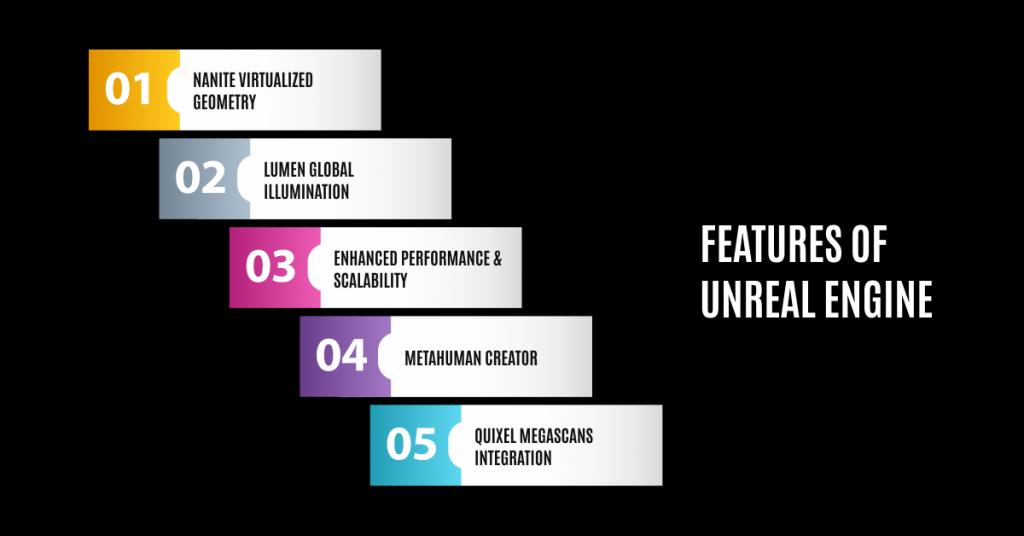
The significant features of Unreal Engine are as follows:
- Nanite Virtualized Geometry
Nanite allows developers to create highly detailed environments without compromising performance. It efficiently handles millions of polygons, enabling stunningly detailed models and textures that scale seamlessly.
- Lumen Global Illumination
Lumen provides real-time dynamic lighting, offering realistic lighting and reflections without the need for complex baking processes. This makes it easier to create immersive environments that respond to changes in lighting conditions.
- Enhanced Performance and Scalability
Unreal Engine 5 is optimized for next-generation consoles and high-end PCs, delivering exceptional performance. Its scalable architecture ensures compatibility with a wide range of devices, from powerful gaming rigs to mobile platforms.
- MetaHuman Creator
This tool enables the creation of highly realistic human characters quickly and easily. Developers can generate lifelike characters with detailed facial animations and expressions.
- Quixel Megascans Integration
Unreal Engine 5 integrates with Quixel Megascans, providing access to a vast library of high-quality 3D assets and textures. This integration streamlines the asset creation process, saving time and enhancing visual quality.
What are the Advantages of Unreal Engine Game Development?
Here are some of the key advantages of using Unreal Engine for game development:
- High-Quality Visuals and Graphics
Unreal Engine is renowned for its capability to produce stunning, high-quality visuals. Its rendering engine supports complex shaders and high-resolution textures, allowing developers to create realistic and immersive environments. The visuals make it a strong contender in the Unity vs Unreal debate, especially for projects that prioritize graphical excellence.
- Blueprint Visual Scripting
Unreal Engine’s Blueprint system offers a visual scripting language that enables developers to create gameplay mechanics, animations, and more without writing code. This feature is particularly useful for designers and artists who may not have extensive programming knowledge but want to prototype and implement features quickly. In the Unity vs Unreal Engine 5 comparison, Blueprint gives Unreal an edge in terms of accessibility for non-programmers.
- Strong Community and Support
The Unreal Engine community is large and active, providing a wealth of resources, tutorials, and forums for developers to seek help and share knowledge. Epic Games also offers extensive official documentation and learning resources, making it easier for developers to get started and improve their skills.
- Integrated Tools and Ecosystem
Unreal Engine comes with a suite of integrated tools that streamline the development process. These tools include a robust animation system, a material editor, and advanced physics and particle systems. This comprehensive toolset reduces the need for external plugins and third-party tools, which is a notable advantage when comparing Unity 3D to Unreal Engine.
- Versatility Across Industries
While primarily known for game development, Unreal Engine is also used in various other industries, such as film, architecture, automotive, and virtual production. Its versatility and high-quality output make it suitable for creating cinematic experiences, architectural visualizations, and interactive simulations.
- Performance and Optimization
Unreal Engine is designed to maximize performance and optimize game rendering. Its architecture supports the efficient handling of complex scenes and high-fidelity graphics, ensuring smooth gameplay even on demanding projects. This focus on performance is a key advantage when considering Unity vs Unreal for high-end game development.
- Marketplace and Asset Availability
The Unreal Engine Marketplace offers a wide range of assets, including 3D models, animations, sounds, and plugins. This extensive library allows developers to find and integrate high-quality assets into their projects easily.
What are the Disadvantages of Unreal Engine Game Development?
While Unreal Engine may be considered a powerful and versatile engine for creating solid games, it also has its fair share of disadvantages. Here are some of the key drawbacks:
- Steeper Learning Curve
Unreal Engine is known for its complexity, which can pose a challenge for beginners. Its comprehensive feature set and advanced tools require a significant time investment to master. Compared to Unity, which is often considered more user-friendly, the learning curve can be a deterrent for new developers. This is a crucial factor in the Unity vs. Unreal debate, especially for those just starting in game development.
- Performance Overheads
Despite its high-performance capabilities, Unreal Engine can have substantial performance overheads, particularly for smaller projects or less powerful hardware. The engine’s advanced features and graphical capabilities can lead to longer loading times and higher system requirements. In the Unity vs. Unreal Engine 5 comparison, Unity often proves to be more efficient for simpler, less resource-intensive projects.
- Licensing and Costs
While Unreal Engine offers a royalty-based licensing model, this can become expensive for successful games. Developers are required to pay a percentage of their revenue after a certain threshold, which can add up for high-earning titles. In contrast, Unity provides a subscription-based model that may be more predictable in terms of budgeting. This aspect is frequently discussed in the Unreal Engine vs. Unity evaluation.
- Resource Intensity
Unreal Engine’s powerful features come at the cost of being resource-intensive. Development projects in Unreal Engine often require more powerful hardware and larger development teams to fully utilize its capabilities. This can be a limitation for indie developers and smaller studios, making Unity 3D vs. Unreal Engine a critical consideration for those with limited resources.
- Community and Support Disparities
While Unreal Engine has a strong community and support system, it can be less accessible than Unity’s. Unity’s larger user base and more extensive documentation can make finding solutions and getting help easier.
Which Engine is Better for Game Development: Unity vs Unreal Engine 5?
When entering the Unity vs Unreal Engine 5 debates, there are a significant number of factors that decide which gaming platform is better. The answer is quite subjective.
If you’re a mere beginner who wants to get the hang of game development, then Unity is more beginner-friendly than Unreal Engine. On the other hand, you need a bunch of dedicated time to figure out how to use the various tools in Unity Engine. Most of the Unreal tools such as animations, VFX, sound, AI, terrains and physics go unused.
Also, Unity supports cross-platform development, supports lower-performance machines and is quick and simple to iterate, therefore, providing a powerful toolbox to create any type of game.
However, if you’ve been a professional in the gaming industry for years, Unreal Engine is your best friend. You can create hyper-realistic games as it provides multi-layered professional tools that require years of dedicated experience to use properly.
And, what about which engine is more popular?
Over the past five years, people are showing more interest in Unity than Unreal Engine because of its beginner-friendliness and the ease to iterate the code. The following data from Google Trends is a witness in itself!
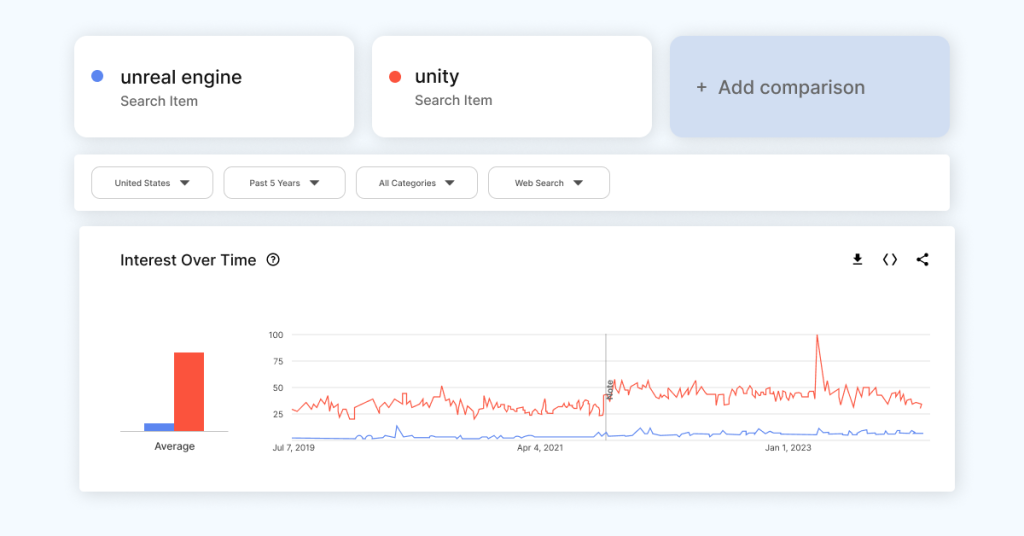
Looking for a Hyper-Realistic Game Development Company?
Whether you’re an entrepreneur or enterprise wanting to roll out your own 2D or 3D mobile game in the market, Deftsoft is here to help. We’ve got a seasoned team of game developers, UI/UX designers and testers who can build hyper-realistic games irrespective of the type you want. From Unity 3D to Unreal Engine, we develop next-gen games so that you can target an enhanced user base.
Your search for the best mobile game development company ends here!
FAQs:
1. What are the key differences between Unity vs Unreal Engine 5?
Unity and Unreal Engine 5 both offer powerful tools for game development but they have distinct features. Unity is known for its user-friendly interface and cross-platform compatibility, making it ideal for beginners and smaller projects. In contrast, Unreal Engine 5 excels in high-fidelity graphics and advanced rendering capabilities, making it a preferred choice for experienced developers aiming for photorealistic environments.
2. How does the learning curve of Unreal Engine vs Unity compare?
Unity is generally considered more beginner-friendly due to its intuitive interface and extensive documentation. Unreal Engine 5 has a steeper learning curve because of its comprehensive feature set and advanced tools. Beginners might find Unity easier to get started with, while seasoned developers might prefer the powerful capabilities of Unreal Engine vs Unity.
3. Which engine performs better for mobile game development: Unity 3D vs Unreal Engine?
Unity 3D is highly regarded for its cross-platform support and optimization for mobile devices, making it a popular choice for mobile game developers. Unreal Engine 5 also supports mobile development but is often favored for its high-end graphics and performance, which might be overkill for simpler mobile games. When considering Unity vs Unreal for mobile, Unity’s efficiency and ease of use give it an edge.
4. What are the advantages of using Unity vs Unreal Engine for indie developers?
Indie developers often prefer Unity vs Unreal Engine due to Unity’s user-friendly interface, extensive asset store, and lower system requirements. Unity allows indie developers to quickly prototype and deploy games across multiple platforms without extensive coding knowledge. Unreal Engine 5 offers advanced features and high-quality graphics but can be more resource-intensive and complex.
5. Which engine is more popular in the industry today: Unity vs Unreal Engine 5?
In recent years, Unity has gained more traction, especially among beginners and small to mid-sized studios. Unity’s ease of use, extensive community support, and cross-platform capabilities are beneficial. Unreal Engine 5 is highly regarded for its cutting-edge graphics and is preferred by larger studios and professionals in the industry. However, Google Trends data indicates a growing interest in Unity vs Unreal due to its beginner-friendliness and iterative development process.
